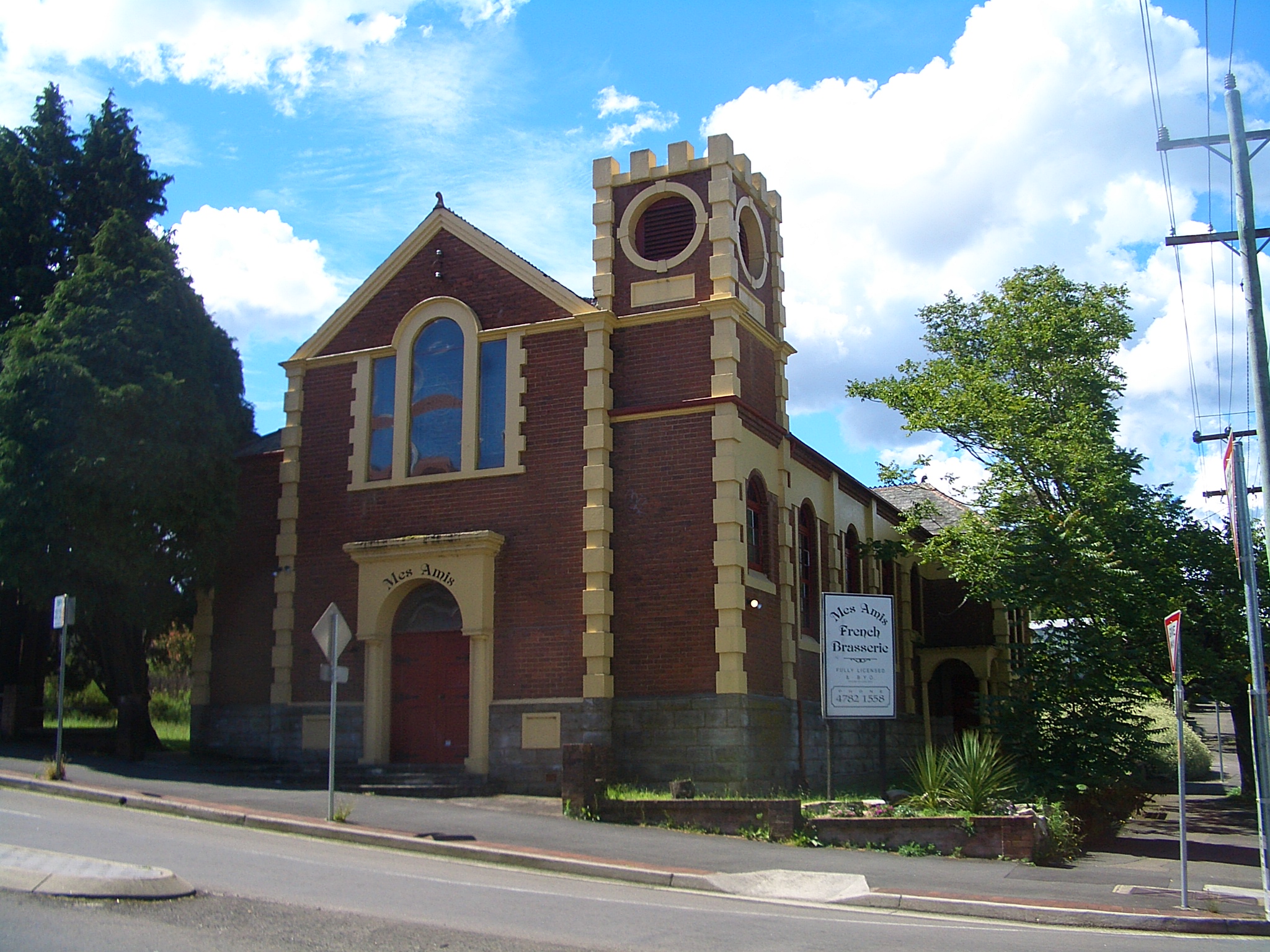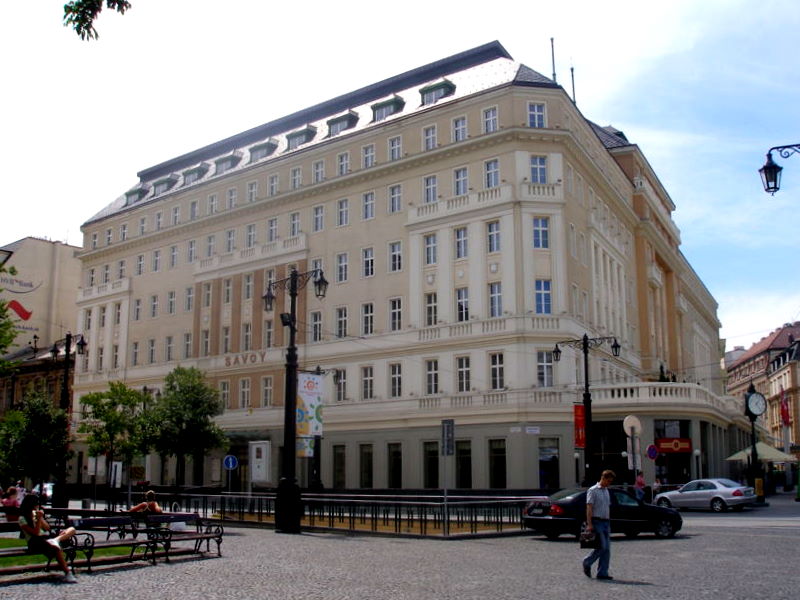|
Oakley Square
Oakley Square is a crescent-shaped garden square in Somers Town in Central London, close to Mornington Crescent and Camden Town. It is located in the London Borough of Camden and runs roughly northeastwards from Eversholt Street meeting with the southern end of Camden Street on its eastern side. It was originally part of the Bedford Estate belonging to the Dukes of Bedford, and takes its name from the village of Oakley in Bedfordshire which belonged to the family from the eighteenth century. It was laid out in the early Victorian era, later than nearby Mornington Crescent and Arlington Road and around the same time as Harrington Square. On the northern side some of the Victorian terraced housing still exists as well as the redbrick Working Men's College established in 1854. On the southern side the original buildings have been replaced by more recent developments. The Godwin Court Council apartment block was built on the east end of the square on a large bomb sit ... [...More Info...] [...Related Items...] OR: [Wikipedia] [Google] [Baidu] |
Oakley Square NW1 - Geograph
Oakley may refer to: Places Antarctica *Oakley Glacier United Kingdom *Oakley, Bedfordshire, England *Oakley, Buckinghamshire, England *Oakley, Dorset, England *Oakley, Fife, Scotland *Oakley, Gloucestershire, England *Oakley, Hampshire, England *Oakley, Northamptonshire, a former civil parish in Borough of Kettering, Kettering *Oakley, Oxfordshire, England *Oakley, Staffordshire, England *Oakley, Suffolk, England *Great Oakley, Essex, England *Great Oakley, Northamptonshire, England *Little Oakley, Essex, England *Little Oakley, Northamptonshire, England *Oakley Green, Berkshire, England *Oakley Park, Bromley Common, Kent, England United States *Oakley (Gallatin, Tennessee), listed on the National Register of Historic Places (NRHP) *Oakley (Heathsville, Virginia), NRHP-listed in Northumberland County *Oakley (Spotsylvania County, Virginia), NRHP-listed *Oakley (Upperville, Virginia), NRHP-listed in Fauquier County *Oakley, Buncombe County, North Carolina, located inside Ashevi ... [...More Info...] [...Related Items...] OR: [Wikipedia] [Google] [Baidu] |
Victorian Era
In the history of the United Kingdom and the British Empire, the Victorian era was the period of Queen Victoria's reign, from 20 June 1837 until her death on 22 January 1901. The era followed the Georgian period and preceded the Edwardian period, and its later half overlaps with the first part of the ''Belle Époque'' era of Continental Europe. There was a strong religious drive for higher moral standards led by the nonconformist churches, such as the Methodists and the evangelical wing of the established Church of England. Ideologically, the Victorian era witnessed resistance to the rationalism that defined the Georgian period, and an increasing turn towards romanticism and even mysticism in religion, social values, and arts. This era saw a staggering amount of technological innovations that proved key to Britain's power and prosperity. Doctors started moving away from tradition and mysticism towards a science-based approach; medicine advanced thanks to the adopti ... [...More Info...] [...Related Items...] OR: [Wikipedia] [Google] [Baidu] |
Deconsecrated
Deconsecration, also called secularization, is the act of removing a religious blessing from something that had been previously consecrated by a minister or priest of that religion. The practice is usually performed on churches or synagogues to be rendered to non-religious (secular) use or demolished. See also * Consecration * Desacralization of knowledge * Desecration * Secularization (church property) Secularization is the confiscation of church property by a government, such as in the suppression of monasteries. The term is often used to specifically refer to such confiscations during the French Revolution and the First French Empire in the ..., the confiscation of church property by a government References {{religion-stub Christian worship and liturgy ... [...More Info...] [...Related Items...] OR: [Wikipedia] [Google] [Baidu] |
John Johnson (architect, Born 1807)
John Johnson (1807 – 28 December 1878) was an English architect who specialised in religious buildings and churches in the Gothic style. He was regularly employed by the civil engineer Sir John Kelk to design the homes and public buildings he funded. Johnson is best known for his collaboration with Alfred Meeson on designs for Alexandra Palace in north London; his designs for the Church of St Edward the Confessor in Romford, Essex; and for the Grade I listed St Mary's Church in Tidworth, Wiltshire, which was completed the year he died. One of Johnson's churches – St Luke's Church, Euston Road – was bought by Midland Railway and dismantled to make way for St Pancras railway station. It was re-erected by Johnson in Wanstead where it became Wanstead United Reformed Church. Johnson's participation in the work gave him the distinction of becoming one of a small number of architects to have undertaken such a move and subsequent reconstruction. Personal life John ... [...More Info...] [...Related Items...] OR: [Wikipedia] [Google] [Baidu] |
St Matthew's Church, Oakley Square
St Pancras Old Church is a Church of England parish church in Somers Town, Central London. It is dedicated to the Roman martyr Saint Pancras, and is believed by many to be one of the oldest sites of Christian worship in England. The church is situated on Pancras Road in the London Borough of Camden, with the surrounding area and its international railway station taking its name. St Pancras Old Church, which was largely rebuilt in the Victorian era, should not be confused with St Pancras New Church (1819–1822) about away, on Euston Road. History Parish Originally, the parish of St Pancras stretched from close to Oxford Street almost to Highgate. In the early Middle Ages there was a centre of population in the vicinity of what is now known as the old church. However, in the 14th century the population abandoned the site and moved to what is now Kentish Town. The reasons for this were probably the vulnerability of the plain around the church to flooding (the Rive ... [...More Info...] [...Related Items...] OR: [Wikipedia] [Google] [Baidu] |
Anglican
Anglicanism is a Western Christian tradition that has developed from the practices, liturgy, and identity of the Church of England following the English Reformation, in the context of the Protestant Reformation in Europe. It is one of the largest branches of Christianity, with around 110 million adherents worldwide . Adherents of Anglicanism are called ''Anglicans''; they are also called ''Episcopalians'' in some countries. The majority of Anglicans are members of national or regional ecclesiastical provinces of the international Anglican Communion, which forms the third-largest Christian communion in the world, after the Roman Catholic Church and the Eastern Orthodox Church. These provinces are in full communion with the See of Canterbury and thus with the Archbishop of Canterbury, whom the communion refers to as its ''primus inter pares'' (Latin, 'first among equals'). The Archbishop calls the decennial Lambeth Conference, chairs the meeting of primates, and is ... [...More Info...] [...Related Items...] OR: [Wikipedia] [Google] [Baidu] |
Grade II Listed
In the United Kingdom, a listed building or listed structure is one that has been placed on one of the four statutory lists maintained by Historic England in England, Historic Environment Scotland in Scotland, in Wales, and the Northern Ireland Environment Agency in Northern Ireland. The term has also been used in the Republic of Ireland, where buildings are protected under the Planning and Development Act 2000. The statutory term in Ireland is "protected structure". A listed building may not be demolished, extended, or altered without special permission from the local planning authority, which typically consults the relevant central government agency, particularly for significant alterations to the more notable listed buildings. In England and Wales, a national amenity society must be notified of any work to a listed building which involves any element of demolition. Exemption from secular listed building control is provided for some buildings in current use for worship ... [...More Info...] [...Related Items...] OR: [Wikipedia] [Google] [Baidu] |
Lodging
Lodging refers to the use of a short-term dwelling, usually by renting the living space or sometimes through some other arrangement. People who travel and stay away from home for more than a day need lodging for sleep, rest, food, safety, shelter from cold temperatures or rain, storage of luggage and access to common household functions. Lodging is a form of the sharing economy. Lodging is done in a hotel, motel, hostel, inn or hostal, a private home (commercial, i.e. a bed and breakfast, a guest house, a vacation rental, or non-commercially, as in certain homestays or in the home of friends), in a tent, caravan/ campervan (often on a campsite). Lodgings may be self-catering, whereby no food is provided, but cooking facilities are available. Lodging is offered by an owner of real property or a leasehold estate, including the hotel industry, hospitality industry, real estate investment trusts, and owner-occupancy houses. Lodging can be facilitated by an intermediary su ... [...More Info...] [...Related Items...] OR: [Wikipedia] [Google] [Baidu] |
Stucco
Stucco or render is a construction material made of aggregates, a binder, and water. Stucco is applied wet and hardens to a very dense solid. It is used as a decorative coating for walls and ceilings, exterior walls, and as a sculptural and artistic material in architecture. Stucco can be applied on construction materials such as metal, expanded metal lath, concrete, cinder block, or clay brick and adobe for decorative and structural purposes. In English, "stucco" sometimes refers to a coating for the outside of a building and " plaster" to a coating for interiors; as described below, however, the materials themselves often have little to no differences. Other European languages, notably Italian, do not have the same distinction; ''stucco'' means ''plaster'' in Italian and serves for both. Composition The basic composition of stucco is cement, water, and sand. The difference in nomenclature between stucco, plaster, and mortar is based more on use than composition. Until ... [...More Info...] [...Related Items...] OR: [Wikipedia] [Google] [Baidu] |
Council Apartment Block
A council is a group of people who come together to consult, deliberate, or make decisions. A council may function as a legislature, especially at a town, city or county/shire level, but most legislative bodies at the state/provincial or national level are not considered councils. At such levels, there may be no separate executive branch, and the council may effectively represent the entire government. A board of directors might also be denoted as a council. A committee might also be denoted as a council, though a committee is generally a subordinate body composed of members of a larger body, while a council may not be. Because many schools have a student council, the council is the form of governance with which many people are likely to have their first experience as electors or participants. A member of a council may be referred to as a councillor or councilperson, or by the gender-specific titles of councilman and councilwoman. In politics Notable examples of types of ... [...More Info...] [...Related Items...] OR: [Wikipedia] [Google] [Baidu] |
Redbrick
A red brick university (or redbrick university) was originally one of the nine civic universities founded in the major industrial cities of England in the 19th century. However, with the 1960s proliferation of plate glass universities and the reclassification of polytechnics in the Further and Higher Education Act 1992 as post-1992 universities, all British universities founded in the late 19th and early 20th centuries in major cities are now sometimes referred to as "red brick". Six of the original redbrick institutions, or their predecessor institutes, gained university status before World War I and were initially established as civic science or engineering colleges. Eight of the nine original institutions are members of the Russell Group. Origins of the term and use The term ''red brick'' or ''redbrick'' was coined by Edgar Allison Peers, a professor of Spanish at the University of Liverpool, to describe the civic universities, while using the pseudonym "Bruce Truscot" ... [...More Info...] [...Related Items...] OR: [Wikipedia] [Google] [Baidu] |



.jpg)
.png)





